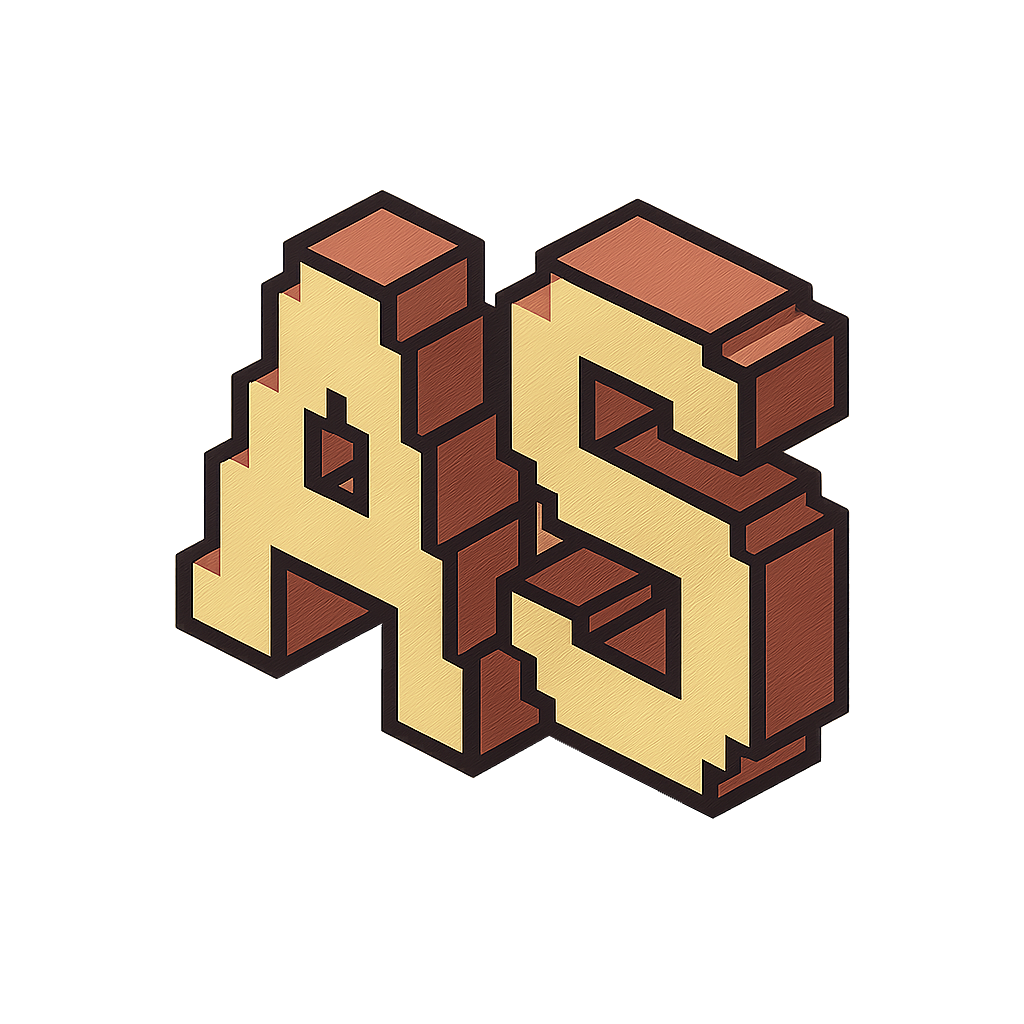From Coders to Cognitive Architects: Simulating 5 Years of Autonomous Coding Agents
Agentic AI Pods instead of dev teams?
In the past two years, agentic coding systems — AI tools that autonomously generate and manage code with minimal human input — have moved from research demos to real-world trials. Early examples like OpenAI's Codex and Cognition Labs' Devin AI can already build and debug programs with only high-level human guidance. These AI "developers" promise to accelerate software delivery, but also raise hard questions about team structure, toolchains, and the role of human engineers.
In this post, we simulate the next 2–5 years of evolution for autonomous development agents. Using scenario-based forecasting, we explore how developer productivity, team composition, and software toolchains might change by 2030, under both optimistic and cautious adoption scenarios. We also outline the assumptions behind our simulation — from AI adoption rates to regulatory trends — and highlight what CTOs and engineering leaders should plan for in each case.
Forecasting Methodology and Assumptions
We use a scenario modeling approach, mapping out multiple plausible outcomes based on current trends and expert insights. Key assumptions:
- Adoption Rates: AI coding tools are already in widespread use. Fast-adoption scenarios assume over 90% of code being touched by AI by 2030. Cautious scenarios involve limited use cases.
- Technology Improvement: Rapid progress in LLMs and agentic systems continues. Best-case: AI agents achieve near-human performance on routine tasks. Worst-case: AI still requires frequent human fixes.
- Regulatory and Security Climate: Industry standards emerge, but tight regulation may limit adoption in critical domains. Security demands sandboxing and strict validation.
- Enterprise Tech Lifecycle: Startups lead the adoption curve; enterprises follow within 5 years depending on ROI and risk.
- Workforce Evolution: Junior developer roles diminish; senior engineers evolve into system architects and AI supervisors. Human oversight remains crucial.
Developer Productivity
Best-Case: Developer output doubles or triples. AI agents automate multi-step tasks (e.g., code generation, testing, debugging). Teams deliver features in days, not weeks. Onboarding accelerates. AI-generated code may lower error rates through consistent patterns and automated testing.
Worst-Case: Silent failures and subtle bugs offset productivity gains. AI-generated code introduces hard-to-detect issues. Teams must invest more time in reviews and debugging. Gains limited to 10–20% productivity increases.
Team Structure
Best-Case: Lean teams with a few senior engineers supervising AI fleets. Roles like QA tester and entry-level coder are reduced or replaced. New roles emerge: AI prompt engineer, AI systems integrator, AI code auditor.
Worst-Case: Teams retain traditional structure but embed AI into daily workflow. Junior devs still exist but focus on AI-assisted tasks. More emphasis placed on review and testing.
Toolchain Evolution
Best-Case: Fully automated pipelines. Task tickets trigger AI workflows that generate code, run tests, and open pull requests. Multi-agent systems coordinate independently. Human developers act as reviewers and architects.
Worst-Case: Incremental improvements to existing toolchains. AI supports specific stages (e.g., documentation, unit tests). Full automation is limited due to compliance or trust concerns. Human-in-the-loop remains standard.
Branching Futures
Scenario A: Autonomous Renaissance
- AI handles 80%+ of coding
- Team sizes shrink; humans focus on architecture and oversight
- DevOps and CI/CD become self-driving
- New roles emerge for orchestration and compliance
Scenario B: Cautious Integration
- AI usage limited to suggestions and templating
- Teams largely remain intact
- Developers spend more time validating AI output
- AI adoption varies by domain and regulation
Recommendations for Tech Leaders
- Train Teams in AI-Enhanced Skills: Focus on system thinking, prompt design, and validating AI output.
- Reevaluate Hiring Models: Shift toward hybrid roles and reduce dependence on junior hires. Maintain mentorship pipelines.
- Embed Guardrails into Toolchains: Tag AI-generated code, mandate reviews, and implement automated validation.
- Track Metrics Aggressively: Use KPIs to evaluate AI productivity and error impact.
- Prepare for Multiple Futures: Scenario plan and pilot diverse adoption strategies.
- Champion Ethics and Community Standards: Stay engaged with evolving best practices and governance models.
Conclusion
Agentic coding systems are redefining how software is built. Whether AI becomes a core developer or a sophisticated assistant, organizations must adapt their strategy, team structure, and workflows to remain competitive. The shift is not about replacing humans but evolving the developer role into something more strategic: cognitive architects who orchestrate intelligent agents.
Sources
- Cognition Labs — Devin AI
- GitHub Copilot Research (2024)
- Stack Overflow Developer Survey (2024)
- OpenAI Codex Agent Overview
- GitHub Copilot Agent Announcement
- Medium: AI & Junior Developer Impact
- InfoWorld: AI Coding Risks and Productivity
- OpenDevin, OpenHands, and Multi-Agent Tools
